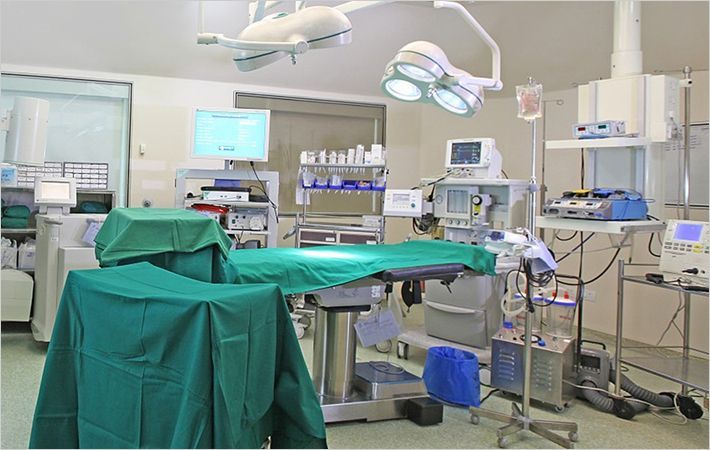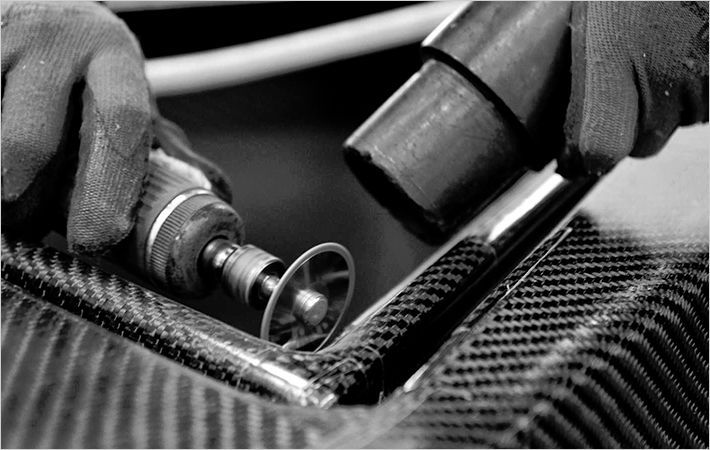The re-engineered composite body panels were supplied to the Suzuki-Repsol team by Karbonius Composites, a Spanish fabricator which specialises in designing and moulding bespoke carbon and Aramid fibre reinforced parts for Motorsports applications.
A 55% weight reduction was achieved by switching the production process to vacuum bagging and fabricating new front and rear bumpers, the four inner wing sections, two mirrors, and the front fog light housings using Crestapol 1250LV high performance acrylic resin reinforced with Aramid and Silionne glass fibre fabrics.
The new Suzuki S1600 body panels also used white pigmented Crystic LS 97PA, an isophthalic marine approved spray gelcoat, which is able to provide superior UV weathering performance and gloss retention to cope with the intense sunshine conditions typical for Spain during the summer.
Karbonius Composites, located in Lestado, near the famous Santiago de Compostela in the Galician region of Spain, has been designing and manufacturing specialist automotive FRP components for many years. The founder and owner of the company, David Segade, is an engineer at heart and always on the lookout for innovative new materials and production techniques to keep ahead of the game in the rapidly moving and highly competitive world of Motorsports.
Until now, Karbonius has used a vinyl ester (VE) or epoxy infusion resin, depending on the application. Previous body panels supplied for the Suzuki S1600 rally cars had been fabricated by hand lay-up, first using a VE resin laminate with three layers of Silionne glass fabric, which proved too heavy.
A replacement set of body kit panels were then fabricated by infusion, this time using an epoxy resin with three layers of the same Silionne glass fabric. In use, this epoxy glass option proved to have insufficient impact resistance; the front bumper was badly damaged during a race and cost them time. In preparation for the 2013 rally season, the Suzuki-Repsol team set Karbonius the challenge of redesigning the body kit for their S1600 cars in line with FIA rules to further reduce weight and improve impact resistance, particularly for the front bumper.
With this in mind, David Segade attended JEC Europe 2013 back in March. He was recommended by Dr Alejandro Castro of Resinas Castro, S.L., a long standing Scott Bader distributor for the north west of Spain, to find out more at the show about Crestapol 1250LV acrylic resin, as he knew it to be a very tough resin which can be closed moulded with high performance carbon and Aramid fibres reinforcement fabrics. Following a meeting on the Scott Bader stand at JEC Europe, Resinas Castro supplied samples of Crestapol 1250LV to Karbonius.

